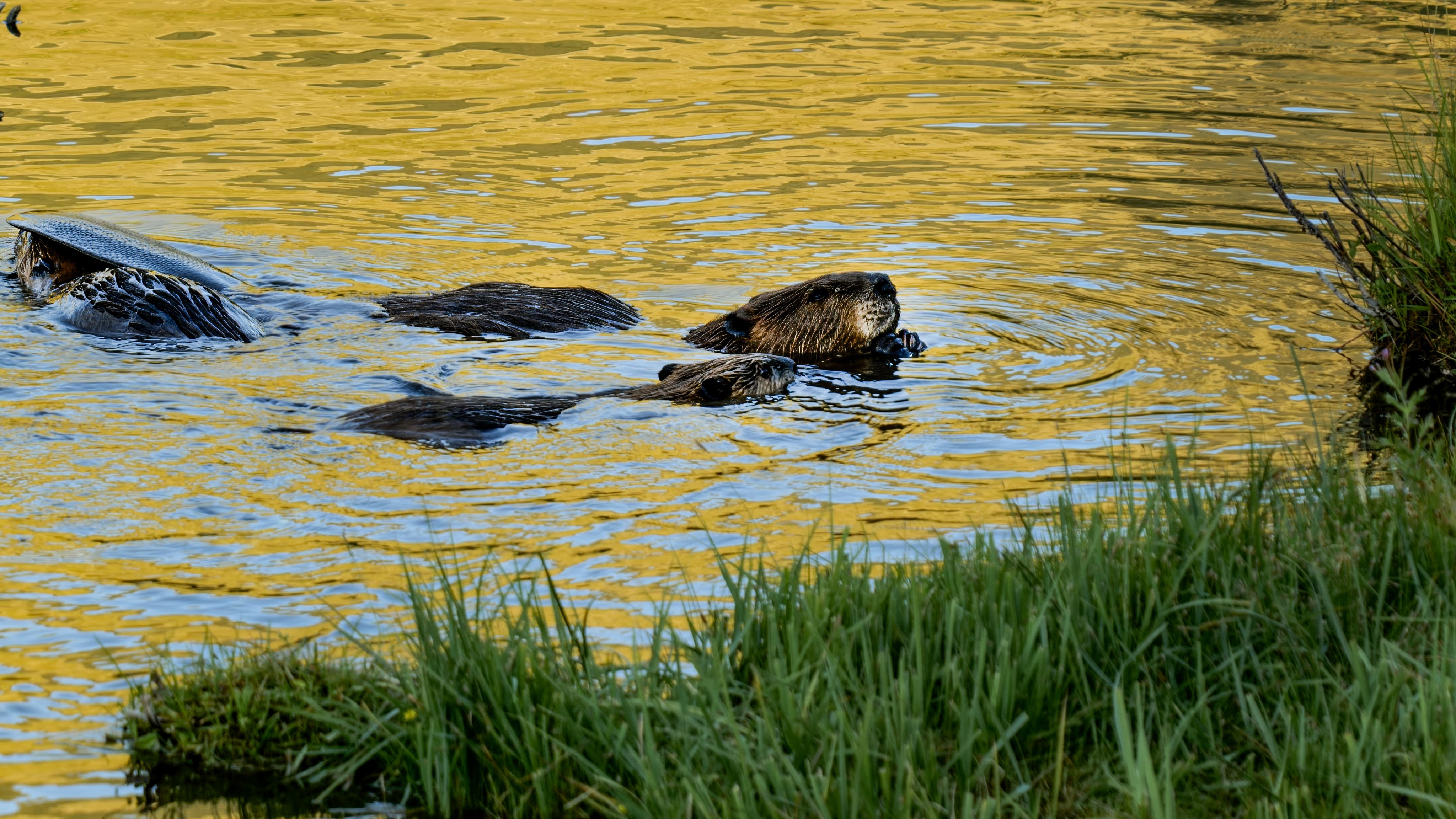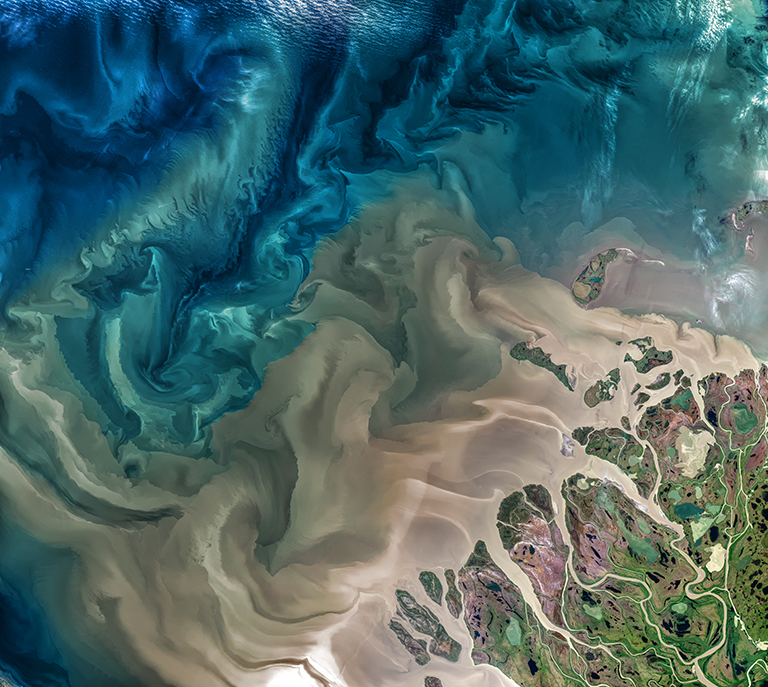5 min read
Public Relations
GeoForschungsZentrum Potsdam (GFZ)
Telegrafenberg
D-14473 Potsdam, Germany
Contact:
Franz J. Ossing, ossing@gfz-potsdam.de, ++49 (0)-288-1040
Start of the Chicxulub Drilling Project in Yucatan, Mexico
On December 3, a scientific deep drilling projects starts on the Yucatan Peninsula, Mexico into the Chicxulub crater that was formed some 65 million years ago by the impact of an asteroid, which is believed to have caused the extinction of the dinosaurs and other species. In the opening ceremony the governor of the province of Yucatan, Patricio P. Laviada and the President of the Autonomous University of Mexico, Juan R. de la Fuente will participate as well as numerous scientists, engineers, and regional politicians. The German delegation consists of the German ambassador to Mexico, Dr. Wolf-Ruthart Born and Prof. Rolf Emmermann, chair of the executive board of the GFZ Potsdam. Prof. Emmermann is also the chairman of the International Continental Scientific Drilling Program (ICDP) which sets up the organizational framework of the Chicxulub Project.
This drill site named Yaxcopoil-1 (YAX-1) is situated 40 kilometers southwest of the province's capital Merida. It is intended to give insight on the one hand into the size and material properties of the projectile, the amount of released impact energy, the structure of the crater and the physico-chemical processes related to the impact. On the other hand, the research aims at the effects of this catastrophic event on environment and life on Earth.
Chicxulub and the Cretaceous-Tertiary Boundary
About 65 million years ago at the boundary between the Cretaceous (the last geological period of the Mesozoic) and the Tertiary eras, a large asteroid came rushing out of space at a velocity of more than 25 km per second and impacted the Earth at the tip of the Yucatan platform. The enormous amount of energy generated by this impact, equivalent to 10 thousand times the world's nuclear arsenal, ejected into the atmosphere huge quantities of dust particles and gases. The asteroid with a diameter of more than 10 km impacted into a shallow ocean and penetrated the Earth's crust down to a depth of several kilometers. It vaporized, melted and shattered ocean water and the Yucatan target rocks composed of carbonate and sulphate. As a result, a crater some 200 km in diameter formed. Over a short period of time (a few minutes) several hundred billion tons of CO2, SO2 and water vapor released by the vaporized target rock were injected into the Earth atmosphere. An abrupt and global perturbation of the Earth System followed: the climate became unstable, the fine dust suspended in the atmosphere blocked sunlight, decreasing or even stopping photosynthesis. This ecological catastrophe is believed to have caused the famous Cretaceous-Tertiary (KT) boundary mass extinction which saw the demise of the dinosaurs and more than 50% of the Earth fauna and flora on land and in the oceans.
The hypothesis that an asteroid or comet impact induced the mass extinction at the KT boundary was first proposed in 1980 by a team from the University of California at Berkeley led by Nobel price laureate physicist Luis Alvarez and his geologist son Walter. Very controversial at first because of its catastrophic aspect, this hypothesis was confirmed in the early 1990's when scientists realized that the impact structure which lay buried under approximately 1 km of Yucatan platform sediments was in fact the long-sought KT boundary crater predicted by the Alvarez hypothesis. This huge bowl-shaped structure, centred at Puerto Chicxulub near Merida is clearly outlined by gravity and magnetic geophysical anomalies. It had first been identified as a potential impact crater by geophysicists Antonio Camargo-Zanoguera and Glen Penfield while exploring the potential oil reserves of Yucatan for Pemex. The structure had been drilled, although unsuccessfully for oil. In the early nineties, studies of the recovered core samples confirmed that the Chicxulub structure was indeed a huge impact crater.
Dating of the impacted lithologies indicated that it was precisely of KT boundary age, coeval with the mass extinction. Exactly how the Chicxulub impact induced the perturbation of the Earth System and the mass extinction of organisms is not yet fully understood. The study of the crater and its internal lithology in the framework of the ICDP scientific deep drilling project will provide answers to this fundamental question.
Cratering: an important process in the formation of planets
The ICDP deep drilling project in the Chicxulub crater will also help Earth scientists to understand better the mechanisms of crater formation. Cratering is a key process in formation and evolution of the rocky planets. With a diameter of approximately 200 km Chicxulub is one of the largest and best preserved craters on Earth. Chicxulub can thus serve as a proto-typical and accessible large planetary impact structure providing key information as to the formation and early evolution of Earth and both dry (Moon, Mercury) and volatile-rich planets (e.g. Venus).
A high resolution picture of the structure of the magnetic field of the Chicxulub crater can be found at:
http://www.gfz-potsdam.de/news/foto/chicxulub/
More information is available on the internet at:
http://icdp.gfz-potsdam.de
IMAGE CAPTION:
1D- and 3D-images of the magnetic anomalies of the inner Chicxulub crater ring compiled from aeromagnetometry measurements of the GFZ aero-campaign "MEXAGE" (Mexico Aerogeophysical Experiment).
The anomalies are sharply bounded within the inner crater. Long-wavelength anomalies are generated by larger melt bodies deeply buried in the crater, short-wavelength anomalies are caused by overlaying breccia. (Graphics: U. Meyer, GFZ Potsdam)







